Whether photography is your bread and butter, or something that you’ve started out doing casually with machinations of eventually picking up a few paid gigs, you’ll want to acquaint yourself with a sexy little document we lawyers like to call, the Client Service Agreement (or CSA, for short).

By Lucas
CSAs are, as their name suggests, agreements that you, as a photographer, make with anyone who wants to pay you for your photography. Again, we’re not just talking to the professionals here. We’re also talking to those of you with your entry-level DSLRs shooting your friends’ weddings or head-shots on the occasional weekend. Food, selfies, and your niece’s birthday party might be the only things in front of your lens at the moment, but as your skills improve, so will recognition for your photography. It might not be long before folks start offering you money here and there for your work. When that moment comes, you want to be prepared to accept the gigs offered to you, while presenting yourself as a professional, and covering your rump in case things go wrong. How do you do that? You guessed it – with a CSA. It is a huge legal mistake photographers make not having a formal agreement or contract.
Why we all need CSAs. Yes, even you, part-timer.
Before we get into what a CSA should contain, let’s first take a brief trip down scenario lane so you get a good idea of what we mean about covering your tuckus in case things go wrong. If we lawyers know anything (and we don’t know much), it’s that everything’s all smiles and giggles until somebody’s wedding photos get lost in the cloud storage ether, or someone else demands a full refund because the head-shots you spent three hours shooting and imaging “just don’t look right.” Take it from us, whenever somebody is paying somebody else for a service, especially a service like photography where the outcome can be pretty subjective, things can get all Judge Judy real fast. People have certain expectations about the outcomes of products and services that they pay for (as they should), and unfortunately, sometimes those expectations are unreasonable. If you have your policies clearly set forth in a CSA, you’ll have something concrete to point to when someone comes complaining about the work that you produced, making unreasonable demands.
But, CSAs aren’t just for governing complaints from unreasonable clients. CSAs also exist to inform your clients – at the get-go – of how your engagement as their photographer will proceed, and what they should expect from the relationship. By having a CSA in place, your client has some peace of mind in knowing when, how, and at what cost you will perform your services and deliver your product. Likewise, you have peace of mind knowing that you have a legal document to lean on if their payment is late, or you make a mistake, or a seagull makes off with your lens during a beach wedding shoot.

By mirsasha
Okay fine. We all need CSAs. But how do I make that happen?
Now that we’ve scared you into getting a CSA (we lawyers feed on fear and gummy-bears, as you probably know), here’s a list of what a decent CSA should contain, so you can draft it yourself if need be. This is just a general list of the most important points, there may be other things relevant to you that aren’t included here. At a minimum, make sure you include this stuff. Because, as important as CSAs are, a crappy CSA can really cramp your style.
- What happens when a client fails to show up at their appointment?
- How many calls/emails/meetings with you can the client expect?
- When and how will the photos be delivered?
- When and how will the client pay you?
- What happens if payment is late?
- Will you provide hair and makeup?
- What rights to the photos is the client purchasing?
- What are the terms of the client’s license to use the photos?
But what about all that legal gibberish?
You know when you are asked to sign a contract, or some kind of release, and you skim through the top bits, then you get to the bottom part, where the words get long and tiny and sound like they were written four hundred years ago, so you just stop reading and sign the damn thing already? Well, all of that stuff – the stuff you never read – that’s called “boilerplate” and it’s actually a really important part of your CSA. The boilerplate bit is the bit that controls what happens when the parties to the agreement (that’s you and your client) disagree.

By Judit Klein
Important examples of boilerplate clauses include:
- Limitation of Liability Clause, which limits the amount of liability you could have if an issue arises with your client. In other words, this is the bit that might keep you from having to pay crazy amounts of money if you lose a lawsuit.
- Recovery of Litigation Expenses (aka Attorney’s Fees), which usually allows the winning party of a lawsuit to recover their attorney’s fees and other costs incurred to bring the lawsuit to enforce the agreement. In other words, as long as the judge is cool with it, the winner of the suit has their attorney’s fees paid by the loser. Which is awesome, because attorneys aren’t always cheap.
- No Guarantees Clause, which states that you can’t guarantee a particular outcome (for those, “these photos just don’t look right” moments).
- Transfer of Intellectual Property, which states how, and under what circumstances, the intellectual property is transferred from the service provider to the client (i.e. who owns the photos). This one is really important for photographers. Typically, you want to maintain ownership of your photos and merely grant your client a license to use the photos in limited ways (like display them in their home or on their website).
- Entire Agreement; Modifications; and Waiver. This clause states that what is written in the contract is the entire agreement between the parties. So, whatever else you agreed with the client outside of the contract via email, in conversation, etc., doesn’t apply. This section also requires that any modifications to the agreement be done in writing.
One other thing
The terms of your CSA should be reasonable, and the way you deal with clients is an important part of building your reputation and your business. So, try to strike a balance between protecting yourself and respecting your time, and pleasing somewhat picky clients. It’s okay to go above and beyond what you’ve promised in your CSA from time to time (so long as it isn’t to the client’s detriment).
P.S. What to do when you forget to bring a pen

By 24oranges.nl
Here’s one last tip to make this CSA thing super easy: use HelloSign or a similar app to have all of your clients electronically sign your CSA. Electronic signatures are totally legit and they’ll help you get your agreements signed quickly by every single client.
Now, go get your Client Service Agreement together. Your conscience (and your bank account) will thank you.
Rachel Rodgers is a New Yorker, wife, mama to 2 toddlers and IP lawyer (not necessarily in that order) who works with creative professionals in her online-based law practice, Rachel Rodgers Law Office P.C. Rachel co-authored Legal Nunchucks: For Photographers, THE resource for making sure your photography business is protected, legit, and overflowing with moola. Download her FREE cheat sheet on the 10 most common legal mistakes that photographers make.
googletag.cmd.push(function() {
tablet_slots.push( googletag.defineSlot( “/1005424/_dPSv4_tab-all-article-bottom_(300×250)”, [300, 250], “pb-ad-78623” ).addService( googletag.pubads() ) ); } );
googletag.cmd.push(function() {
mobile_slots.push( googletag.defineSlot( “/1005424/_dPSv4_mob-all-article-bottom_(300×250)”, [300, 250], “pb-ad-78158” ).addService( googletag.pubads() ) ); } );
The post The Biggest Legal Mistake Photographers Make by Rachel Rodgers appeared first on Digital Photography School.


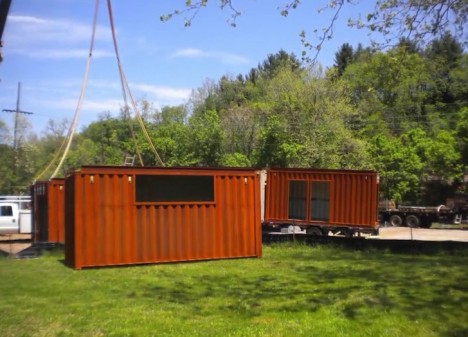
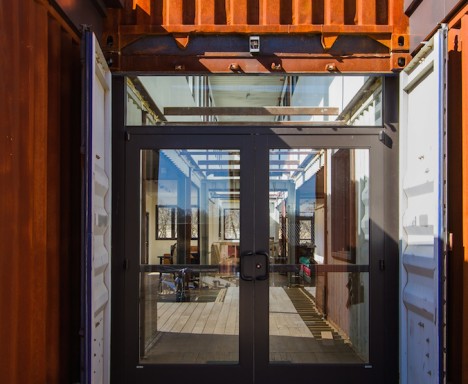
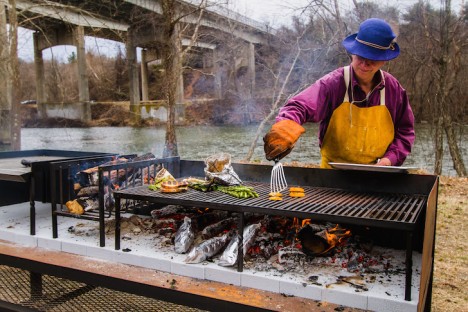








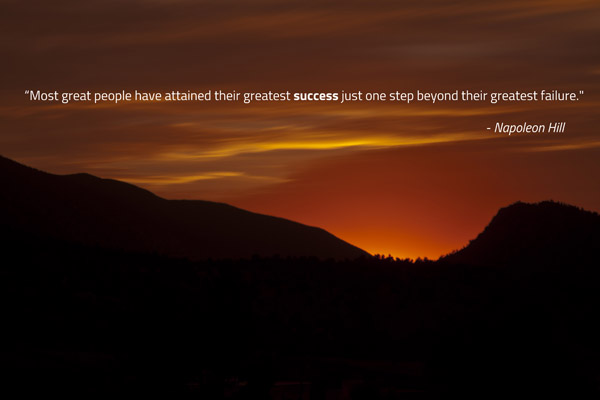
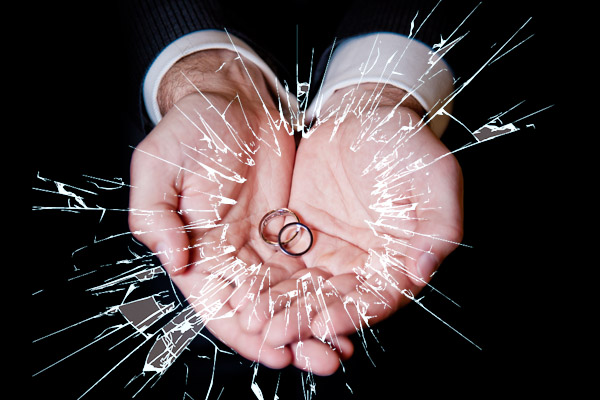














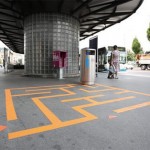


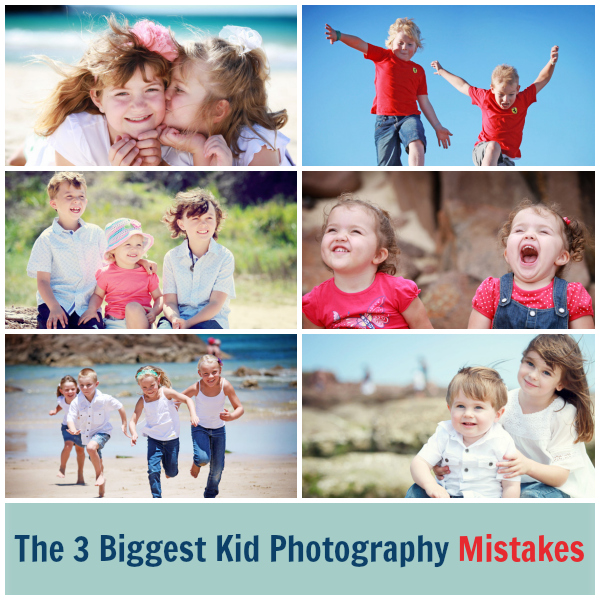
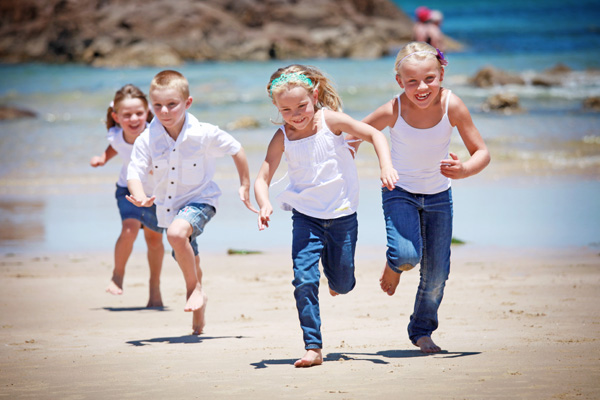
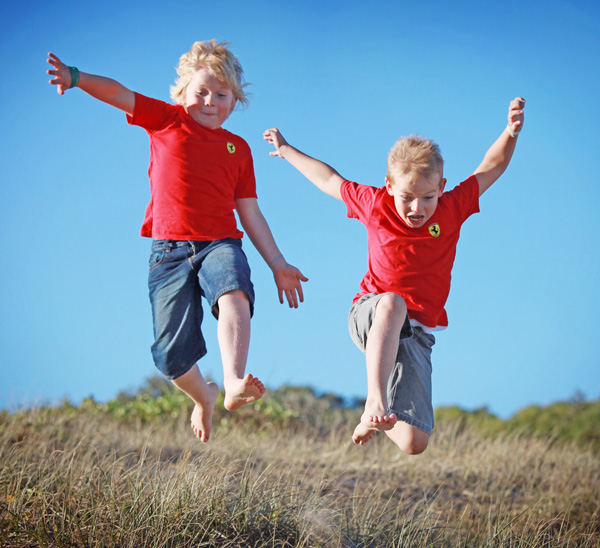
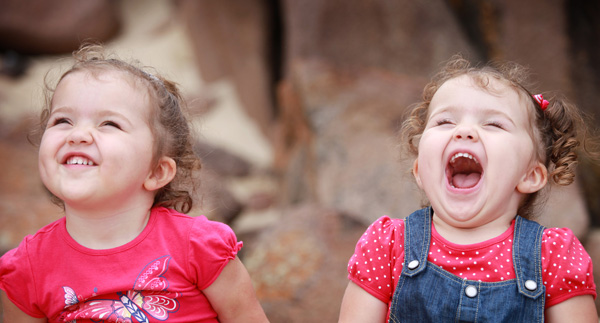
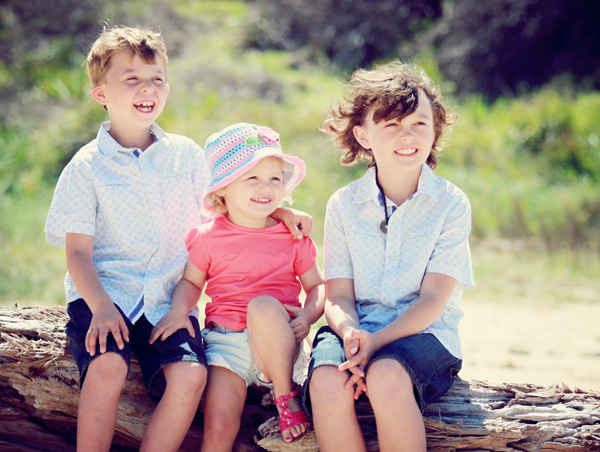
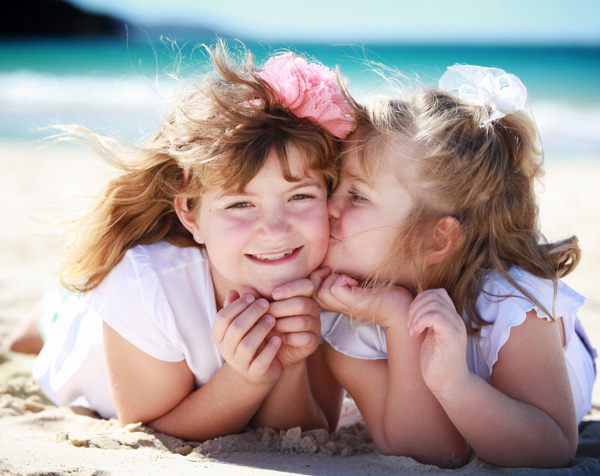











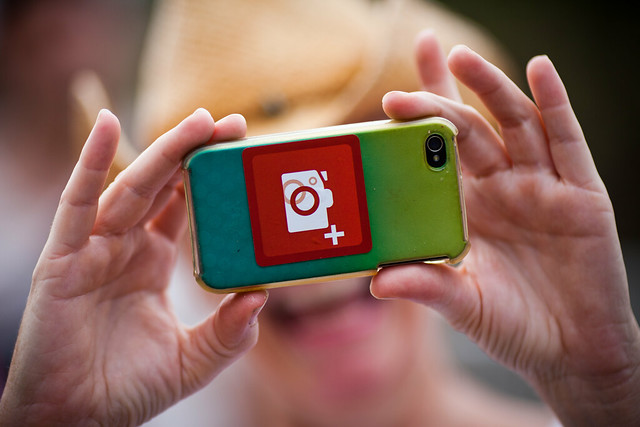


You must be logged in to post a comment.